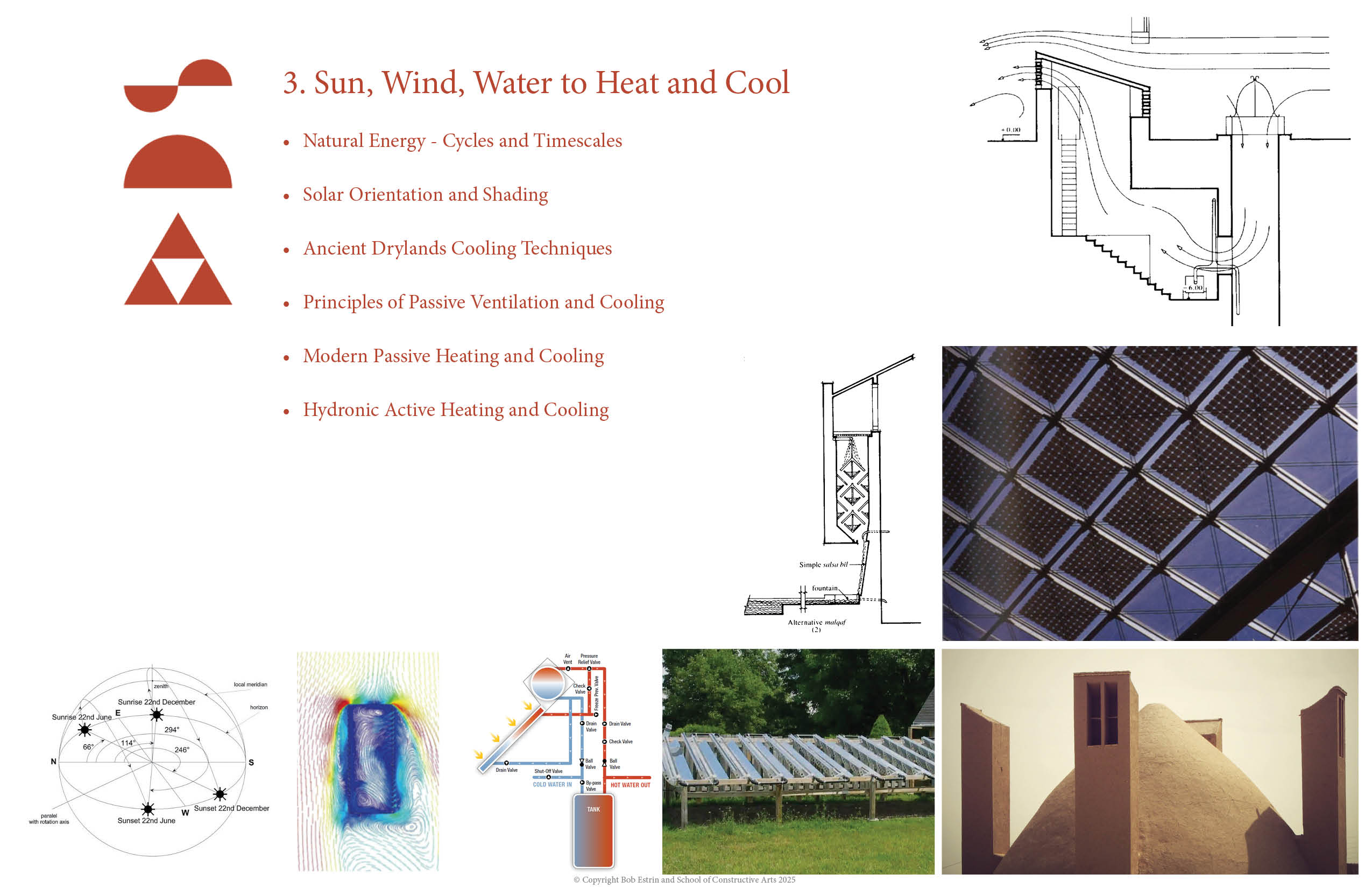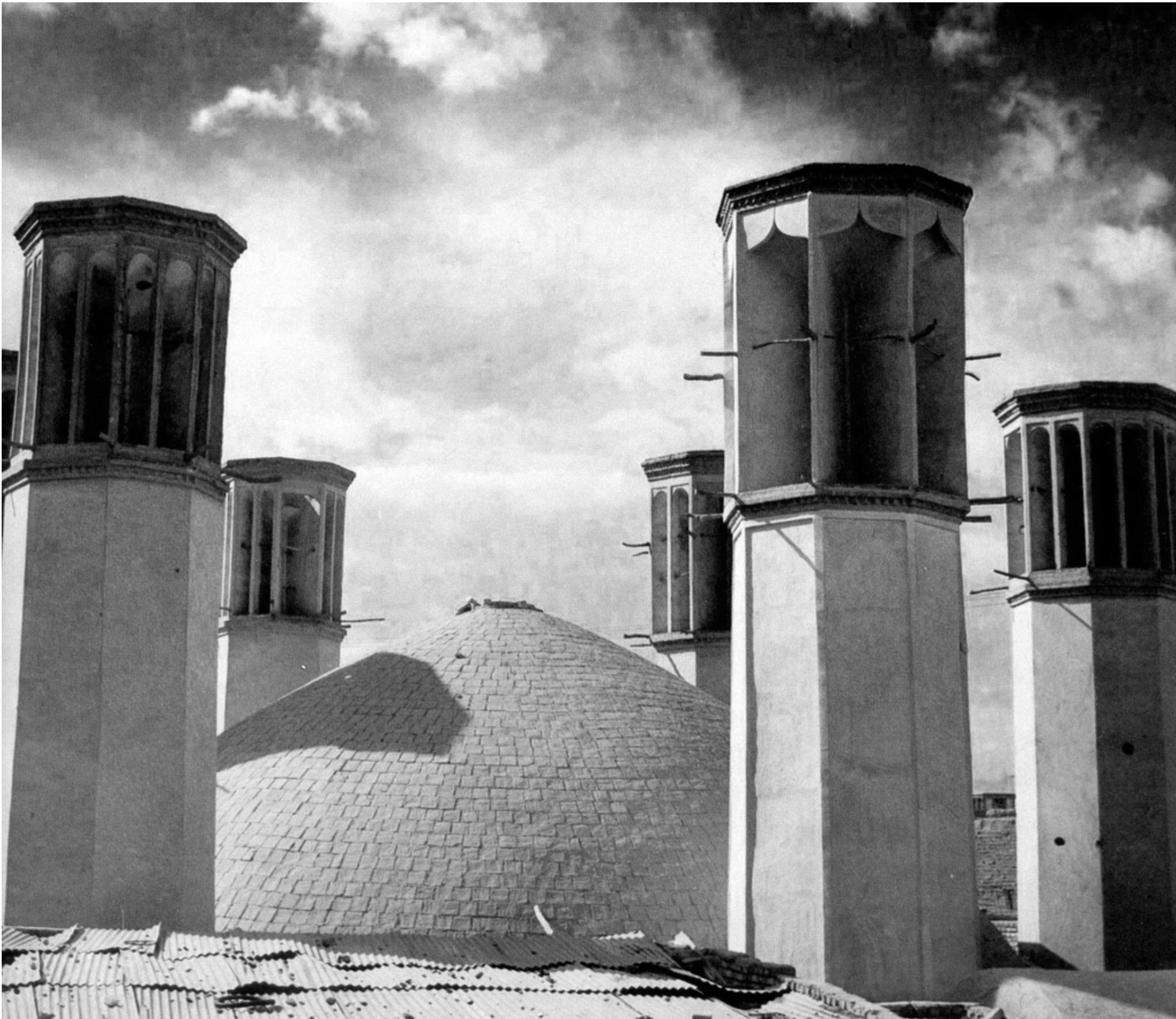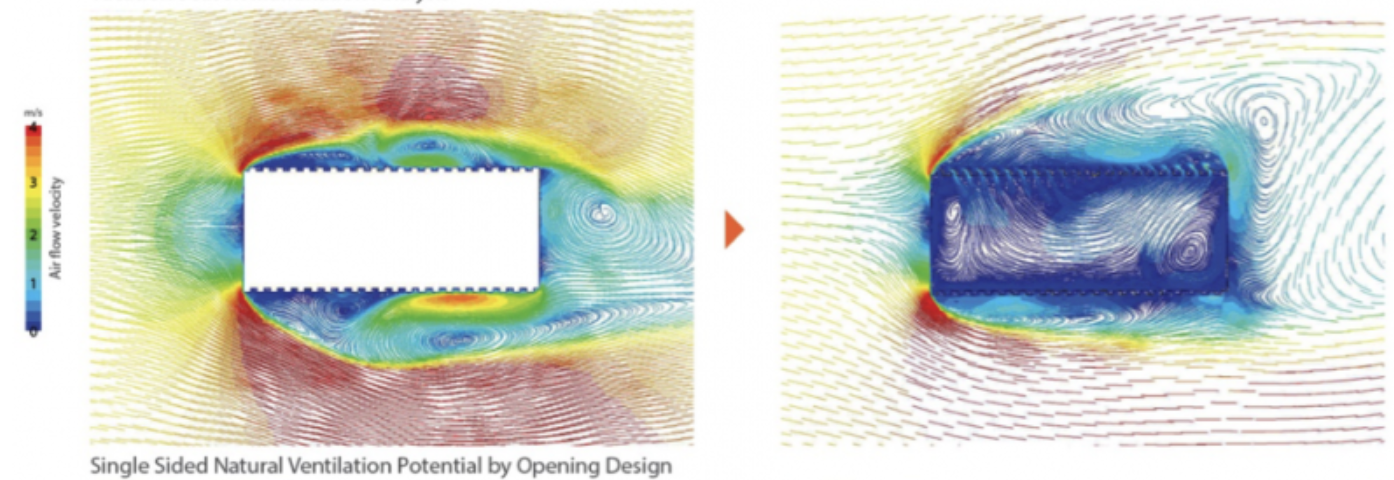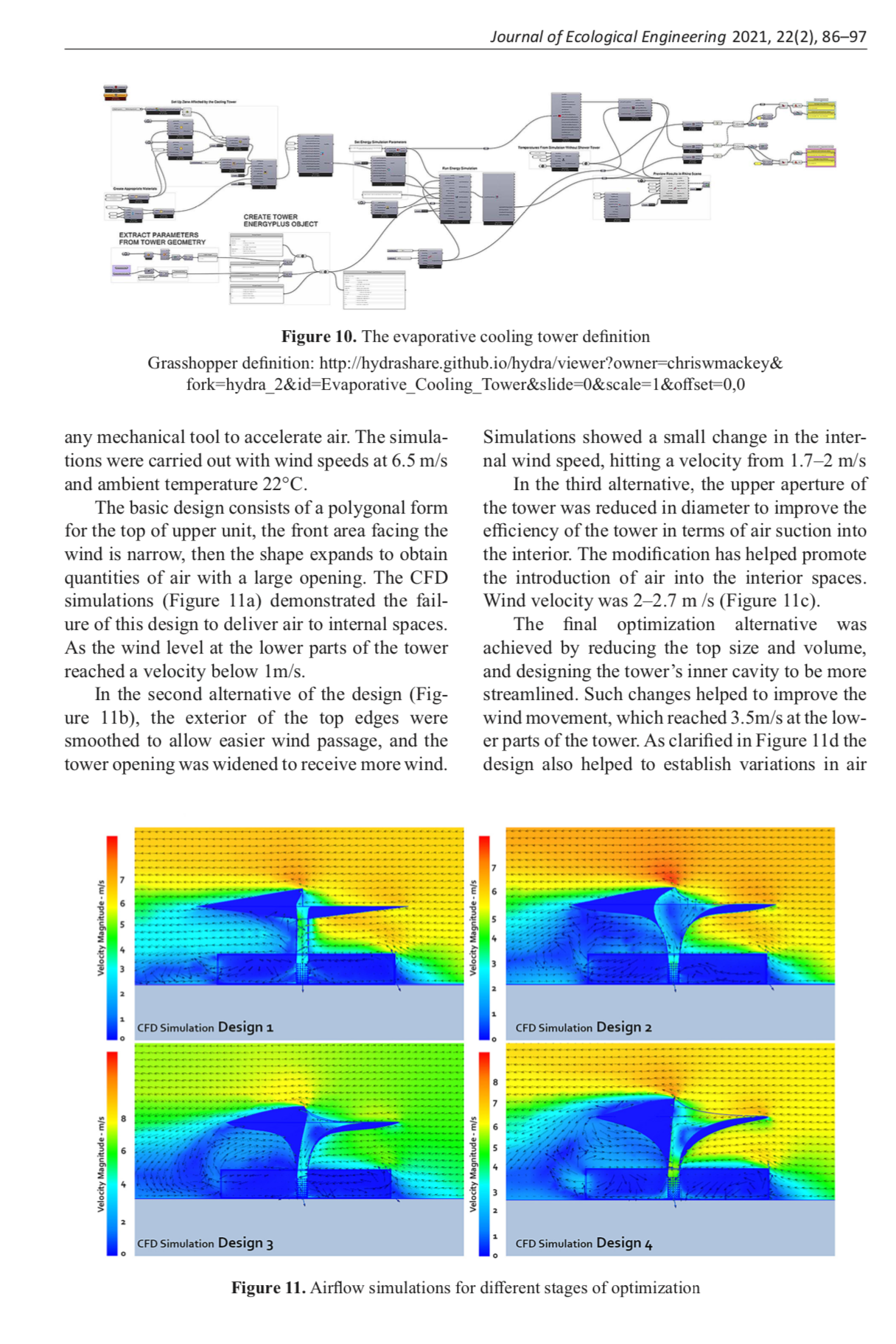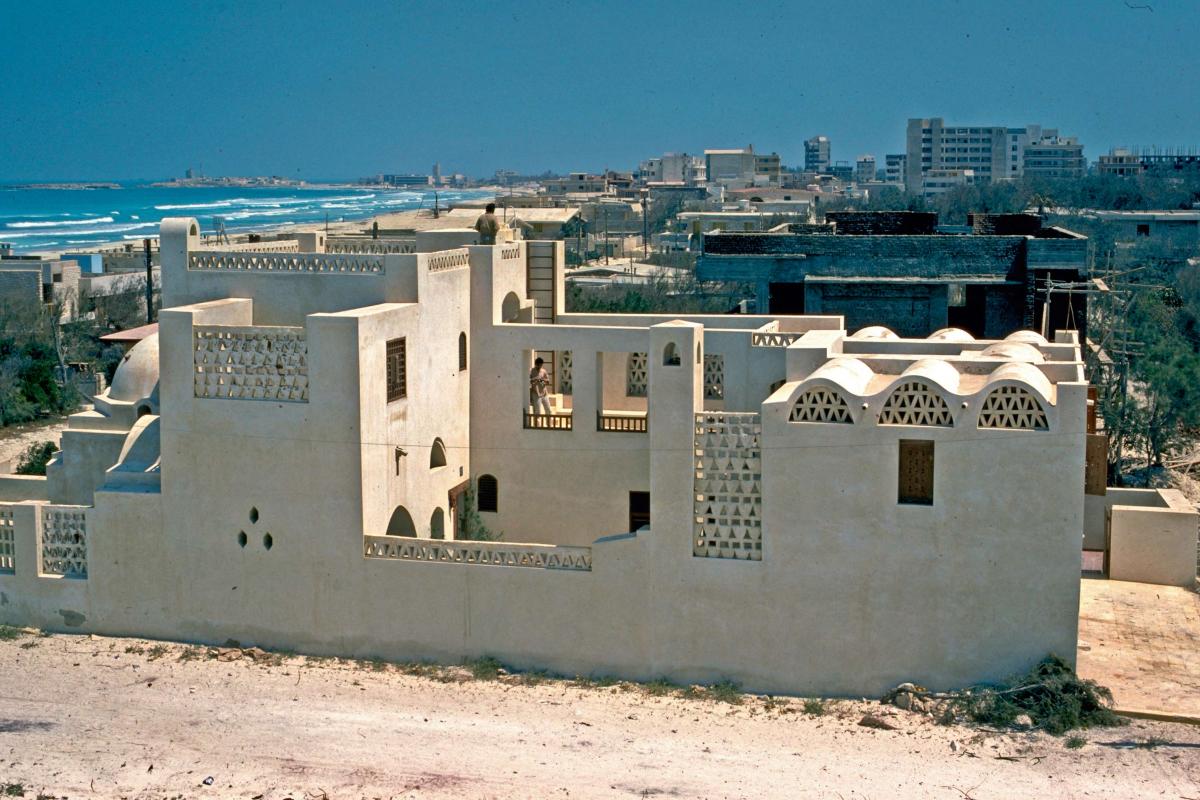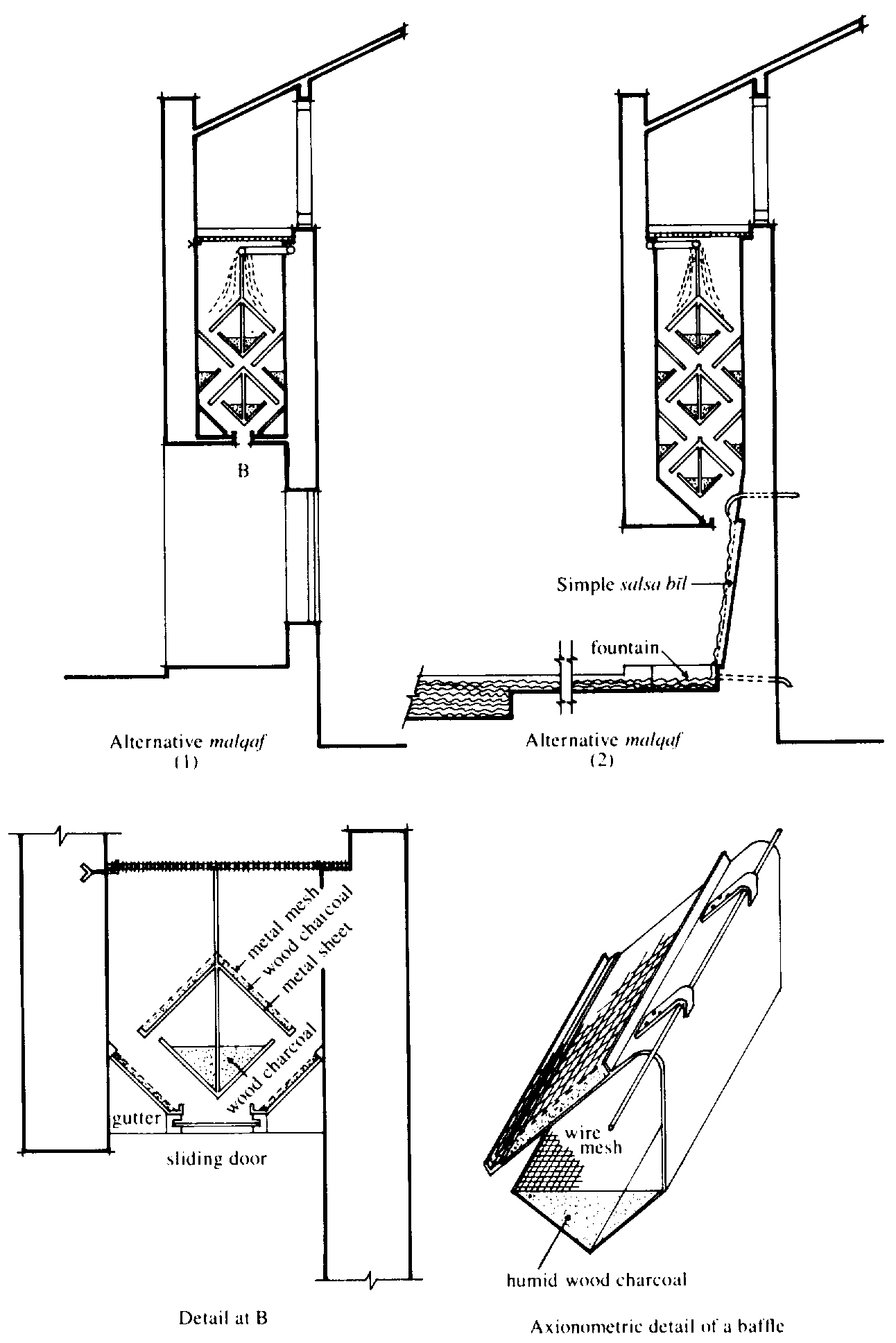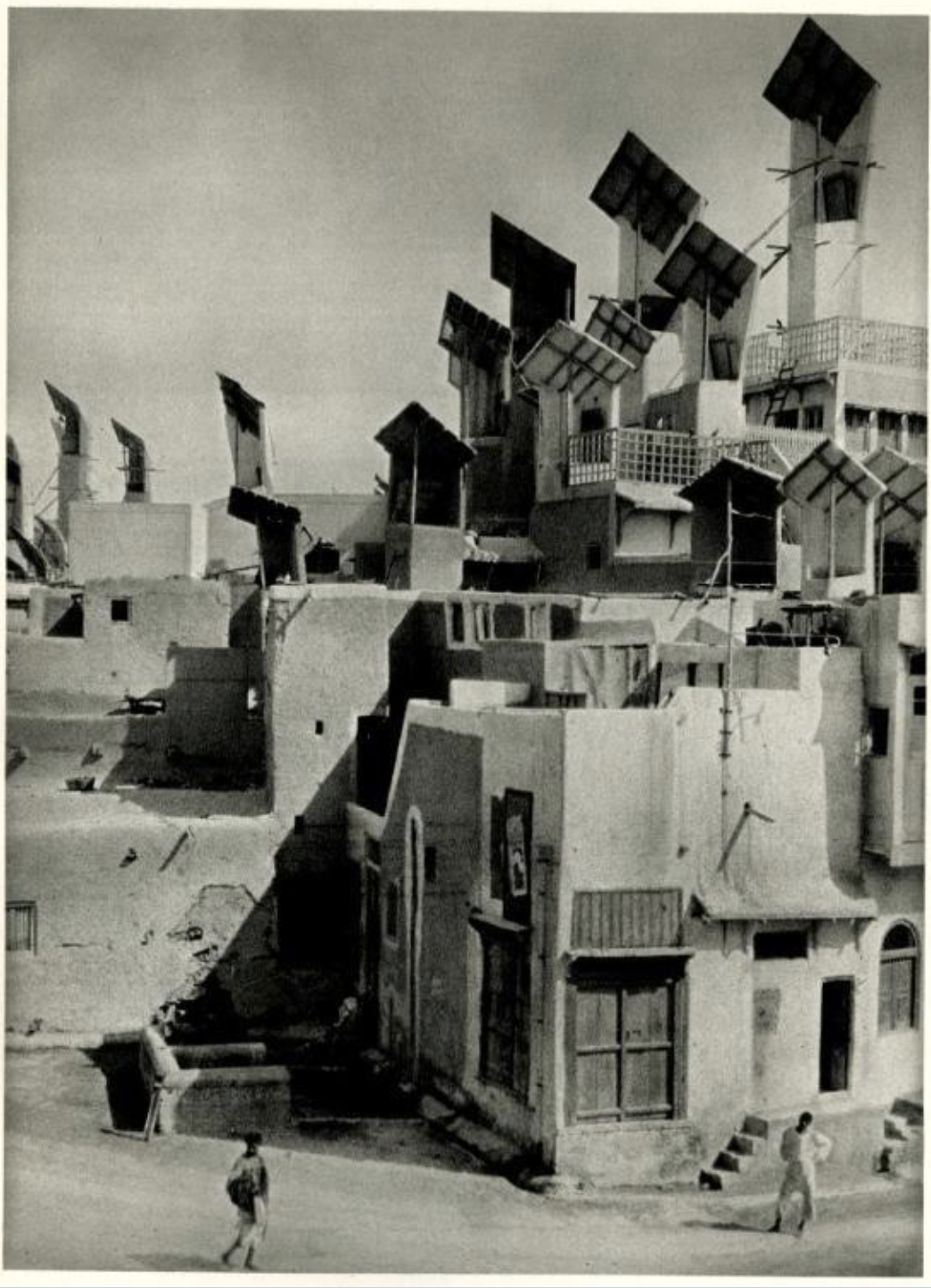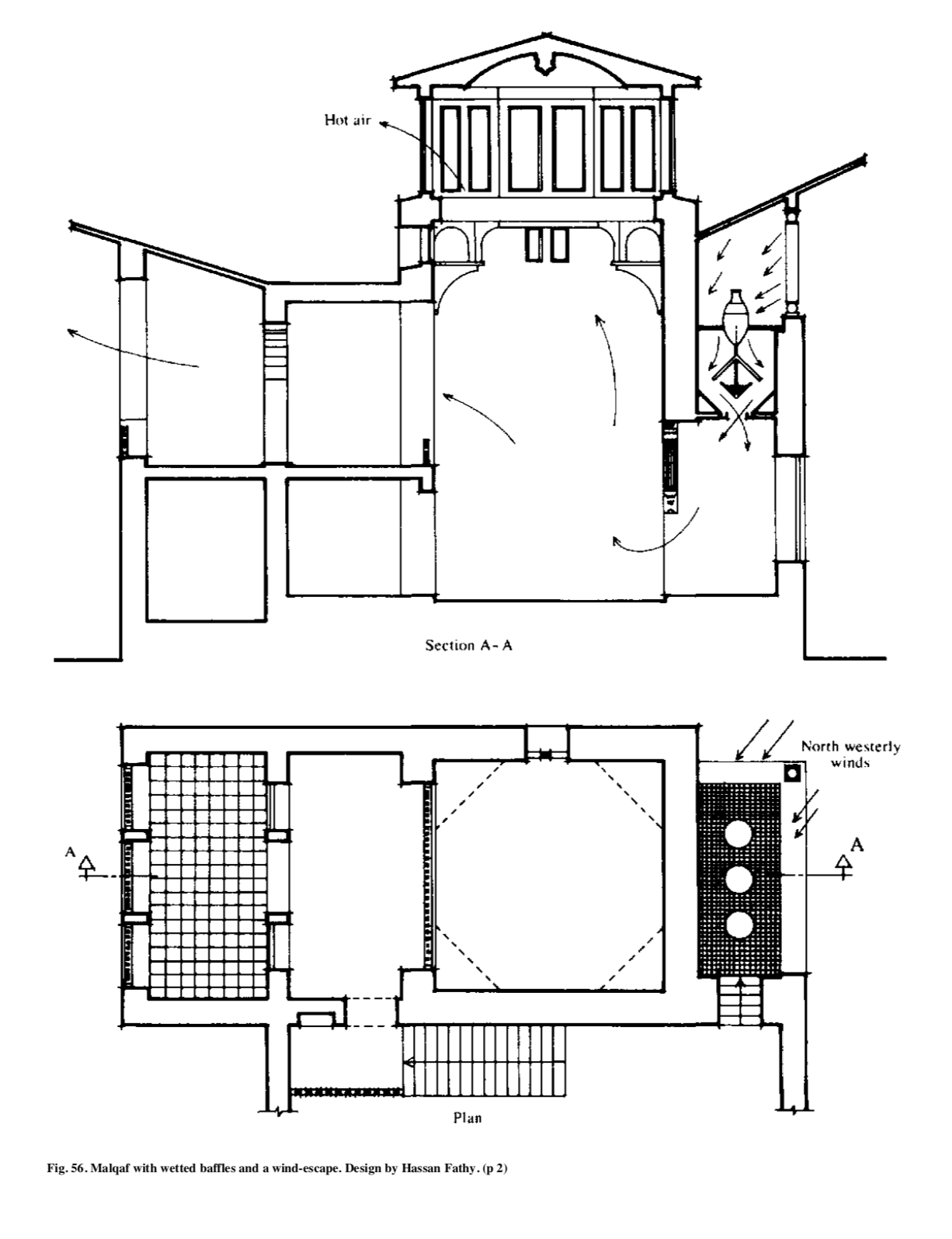Sun, Wind, and Water to Power, Heat, and Cool
In this section we will compile resources relating to utilizing natural sources of energy to power, heat, and cool buildings. There is a special focus on ancient techniques that directly utilize Sun, Wind, and Water to heat and cool without complex and expensive modern technology. Modern methods that utilize natural energy directly without need for electricity are also covered. If the heating and cooling of buildings can be achieved largely through these direct means then the remaining energy needed for utility power, lights, fans, pumps, etc. is minimal and easily offset with local renewable electricity. The title slides at the top outline the basic structure of the curriculum taught at SCA which this visual refference attempts to generally follow. Most images link to resources, videos, scientific papers, books, or other media. This visual library is intended to help facilitate independent research and study of these subjects. If you would like to suggest resources please email info@constructivearts.org
![]()
![]()
![]()
ĀB ANBĀR | رابنا بآ
The ab anbar is a traditional water storage reservoir of ancient Iran usually submerged and covered with a double walled dome (yakchal). Persian engineers in 400 bc developed a way to freeze and store ice through the desert summer. Water from subterranean channels (quanat) was channeled to the shaded north face of a wall where it would freeze more quickly in winter. The ice was then stored in a nearby double walled dome (yakchal). Water channels (karez/quanats) and wind escapes (bagdir) were used in combination to substantially cool the submerged room. The wind passing the opening of the bagdir creates a low pressure due to the Bernoulli effect. Replacement air is drawn from distant inlets and is passed over the water in the cooler subterranean qanat. Contact with the cool walls of the qanat and the evaporation of water into the dry air cools the air as much as 27 degrees Fahrenheit.
![]()
![]()
![Computational Fluid Dynamics opens new possibilities for the design of forms for passive heating and cooling. Credit: Bushra Obeidat, Hammam Kamal, Amal Almalkawi]()
Computational Fluid Dynamics opens new possibilities for the design of forms for passive heating and cooling. Credit: Bushra Obeidat, Hammam Kamal, Amal Almalkawi
